Nose Breathing vs Mouth Breathing
Nose Breathing vs Mouth Breathing: How Modern Life Broke Our Natural Design
For centuries, yogis have taught that the way we breathe shapes every aspect of our physical and spiritual wellbeing. Modern research now agrees. The debate of nose breathing vs mouth breathing has become central to both breathwork science and sleep health.
What Did James Nestor Discover About Ancient Breathing Patterns?
For over a decade, science journalist James Nestor explored ancient breathing wisdom across cultures. Studying indigenous tribes, ancient skulls, and conducting experiments at Stanford University, he uncovered how natural nasal breathing patterns once defined human health.
As a breathwork facilitator trained by Himalayan Yogic Master in pranayama traditions, I find it profoundly affirming to see Western science validate what ancient masters knew: breath, or prana, is the bridge between body and spirit. Modern breathing research is finally aligning with ancient yogic breathing practices.
Why Is Nasal Breathing Better Than Mouth Breathing?
When Nestor compared ancient human skulls with modern ones, he noticed something striking: our ancestors possessed strong, forward jaws, wide nasal passages, and open airways. This supported effortless nasal breathing.
Today, faces have grown narrower, jaws recede, and mouths shrink, leading to mouth breathing and breathing dysfunction. As a result, we’ve physically drifted from our natural connection with breath.
The Sacred Gateway: Understanding Nose Breathing vs Mouth Breathing
The nose is the sacred gateway for life force. It’s not merely an alternative path, it’s the body’s designed system for breathing and vitality. In yogic and scientific terms alike, nasal breathing outperforms mouth breathing in every measurable way.
Key functions of nasal breathing include:
- Purification and preparation: filters, warms, and humidifies air
Conservation of energy: retains up to 40% more moisture
Production of nitric oxide: increases by up to sixfold compared to mouth breathing
Adding humming, such as in bhramari pranayama, amplifies nitric oxide up to fifteenfold, validating ancient sound and breath practices with modern nitric oxide breathing research.
How Does Modern Food Affect Jaw and Airway Development?
Nestor’s anthropological research connects the decline in healthy breathing to the rise of processed food. Within a single generation of eating industrialised diets, 50% of people developed crooked teeth, a sign of underdeveloped jaws and restricted airways.
This reveals how modern lifestyle and diet alter natural breathing patterns, confirming the ancient Ayurvedic idea that nourishment shapes both body and breath.
The Lost Art of Chewing and Jaw Growth
Our ancestors chewed fibrous, unprocessed foods for hours daily, strengthening the jaw and airway. This ancestral breathing wisdom shows how physical form influences pranic flow.
Today, soft diets lead to narrow airways and mouth breathing, especially in children; a trend mirrored in the students I teach.
What Is the Connection Between Breathing Dysfunction and Modern Disease?

Modern research shows that the majority of people breathe dysfunctionally, often through the mouth. This shift impacts every system of the body. The nose breathing vs mouth breathing distinction isn’t cosmetic, it determines how well we sleep, heal, and think.
Even elite athletes experience breathing dysfunction that limits performance. My work with breath retraining has shown that proper nasal breathing enhances endurance, sleep quality, and focus.
When Science Measured What Yogis Always Knew
At Stanford University, Nestor and Dr. Jayakar Nayak conducted a now famous experiment: for ten days, they blocked Nestor’s nose, forcing mouth breathing. The results mirrored what yogis have long taught. Within days, he developed snoring, sleep apnea, and exhaustion.
This demonstrates how nasal breathing during sleep is essential for restoration and wellbeing.
Can Breathing Exercises Really Help with Sleep and Focus?
Yes. Breathing retraining can dramatically improve sleep, focus, and overall health. From a yogic and scientific lens, nasal breathing regulates the nervous system and restores balance.
Breathing for better sleep:
When you switch from mouth to nose breathing, your body finally enters deep, restorative rest. Many of my students have recovered from insomnia through simple pranayama and breath retraining.
Metabolic and immune balance:
Chronic mouth breathing disrupts oxygen and carbon dioxide balance, affecting metabolism and inflammation. The parasympathetic activation from pranayama restores harmony and supports the immune system.
Focus and attention:
Studies cited by Nestor show children with sleep-disordered breathing are far more likely to display ADHD-like symptoms. Breath impacts brain function profoundly.
What Is the Connection Between Pranayama and Modern Science?
This is where the two rivers meet; ancient pranayama and modern science.
Nestor’s research validates what yogic texts have taught for thousands of years: that breath is medicine, and dysfunction is not destiny. Through awareness and breath retraining, anyone can restore natural function.
Indigenous cultures still demonstrate this innate wisdom: strong jaws, wide faces, and effortless nasal breathing. The science of breath and the sacred art of pranayama now align to offer holistic healing.
As Nestor concludes:
“You can exercise all you want, eat all the right foods, sleep eight hours a night—if you are not breathing right, you will always be sick.”
The yogis have always known: breath is the foundation of life.
FAQ: Nose Breathing vs Mouth Breathing
Is mouth breathing harmful?
Yes. Chronic mouth breathing bypasses the body’s filtration and humidification systems, lowers nitric oxide levels, and leads to snoring, fatigue, and dental issues. Both yogic breathwork and modern respiratory science confirm this.
What are the health benefits of nasal breathing?
Nasal breathing filters, warms, and moistens air; boosts nitric oxide; enhances circulation; and supports deep, restful sleep. It is central to both pranayama practice and modern breathing science.
How does chewing affect jaw and airway development?
Proper chewing strengthens the jaw, expands the face, and opens the airways, supporting natural nasal breathing patterns. Processed diets weaken these mechanisms, increasing mouth breathing and sleep problems.
Can adults improve their breathing after years of mouth breathing?
Absolutely. Adults can retrain their breathing using techniques like nasal awareness, pranayama, and even gentle mouth taping at night. Thousands, including Nestor himself, have reversed asthma, anxiety, and sleep apnea through conscious breathing practice.
This blog is inspired by James Nestor’s “Breath: The New Science of a Lost Art” and “The Diary of a CEO” conversation, viewed through the lens of yogic science, Ayurveda, and my 20 years as a Himalayan-trained breathwork facilitator.
Ignite Your Breath – online breath training
Article: Science Focus – Interview with Nestor, in which he explains the health consequences of mouth vs nasal breathing
Breath research unveils the profound connection between breathing and mind
